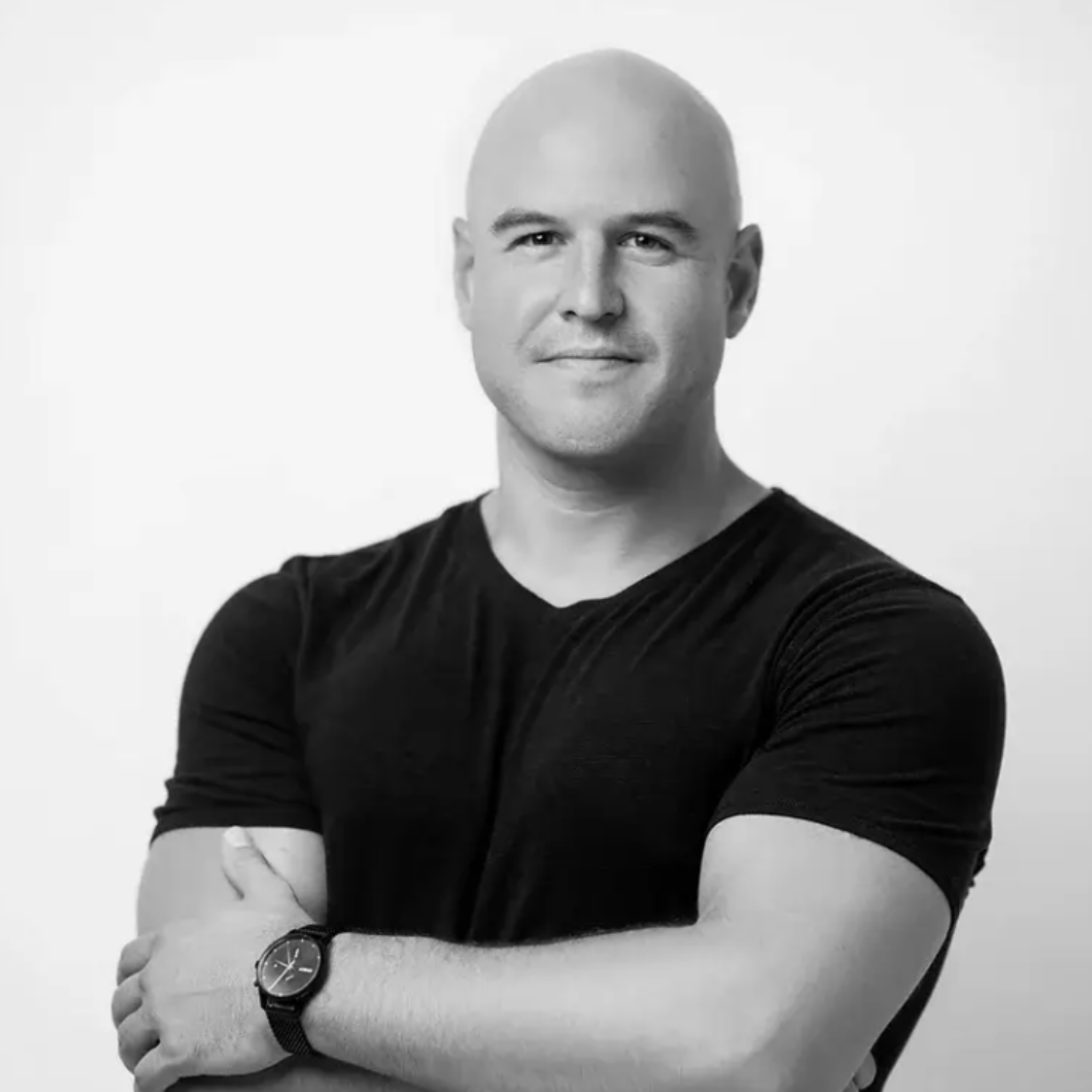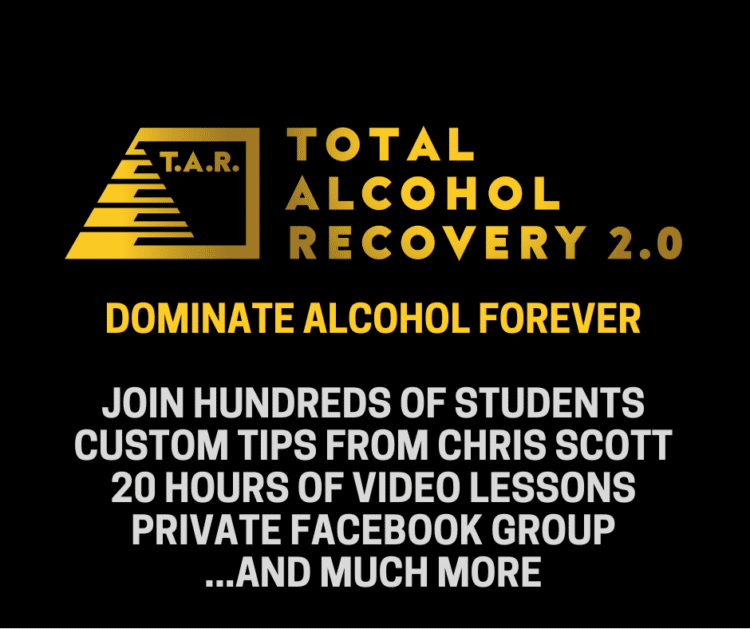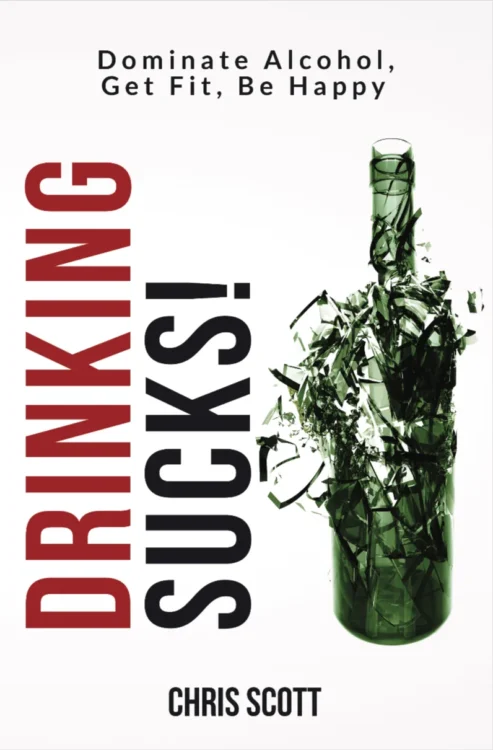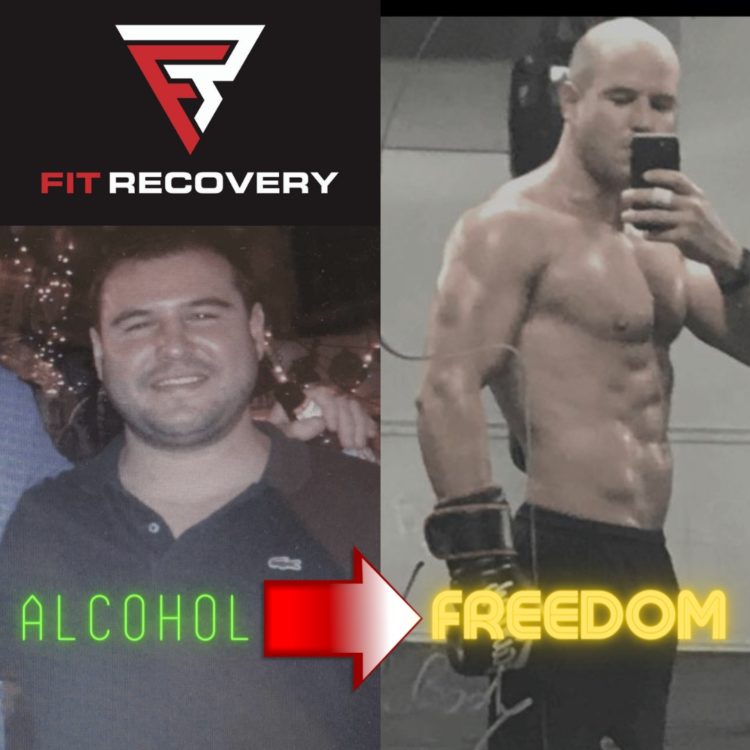
I have a 3-pronged approach for staying in shape all year long, and it’s pretty simple.
Back when I started hitting the weights in rehab, I had no plan except to feel good and momentarily increase my mood. It worked and I started getting leaner and bigger. Without all of that excess alcohol in my body, I felt like a brand new machine that was built to generate power.
Obviously, I had to eat a lot of quality food to get this effect. It helped that I was getting eight hours of sober sleep per night. I hadn’t gotten that kind of sleep since before college!
After my initial progress, I began to plateau and get bored with my workouts. I realized that I needed a plan. I didn’t craft this master plan on purpose, but I’ve stuck for nearly two years with this routine and I’m still getting leaner and stronger by the month!
PHASE 1: STRENGTH TRAINING (5 SETS OF 5 REPS)
PHASE 2: GERMAN VOLUME TRAINING (10 SETS OF 10 REPS)
PHASE 3: CUTTING / LEANING OUT
Each of these phases last for 2 months. In between each of them, I’ll take a break for about a week. During this week off, I’ll sometimes go to the gym anyway and train instinctively; if there’s an exercise I want to test out, I’ll go for it. I never assume that I know every exercise out there, and when I come across something I like, I’ll throw it into one of my 2 month plans.
In the past, I’ve made detailed plans for each of these phases. I recommend doing this if you’re starting out or if you want to record your reps and weight for your lifts. But don’t make it more complicated than it needs to be.
Plan out your week and which days you’ll train which muscle groups. I’m a fan of the following bodybuilding breakdown:
Monday: Pushing (bench/shoulder press/anything chest and tricep)
Tuesday: Pulling (rows/pull-ups/anything back and bicep)
Wednesday: Legs (squats/deadlifts/hamstring curls/calf raises/etc.)
Thursday: Pushing
Friday: Pulling
Saturday: Legs
Sunday: Off
The philosophy behind the various phases is simple:
Strength Training consists of low reps (I say 5 x 5, but it could be 4-6 on any given exercise) so that you can get as strong as possible. During this phase, I’m usually lifting at 90% of my 1-rep max for every lift. I’ll try to find my 1-rep max each week for deadlifts (which I do with a hex bar), squats, and bench press. For exercises like curls or shoulder press, I don’t know my one-rep max but it’s easy to find the appropriate weight for sets of 5 reps.
For this kind of heavy weight training, it’s best to rest for 1-2 minutes between each set.
German Volume Training (GVT) is basically synonymous with “10 sets of 10 reps.” It was invented by a crazy East German bodybuilder (as far as I know) and it works like nothing else to generate ridiculous pumps and pack on mass. While pumps and mass are not the same thing, when you do GVT all of your muscle fibers are recruited to lift to literal failure. I typically try to use around 70% of my 1-rep max, and the 5th and 6th sets are the most difficult. I’ll rest for a minute in between each set. For each workout, I’ll usually pick two compound lifts (e.g., squats or barbell rows) to do the 10 x 10 routine with and then add in 3 sets each for 3 or 4 exercises of my choice.
The pumps last for several days on GVT and if your body fat percentage is low enough, you’ll notice veins popping out of your skin that you’ve never seen before. If your body fat isn’t low, then stick with it – it’s a great routine for burning through stubborn fat as long as you restrict your consumption of carbs and/or fat.
(Typically there’s no reason to lift for more than an hour, but sometimes you’ll go a little over an hour with GVT workouts.)
Cutting / Leaning Out always involves cutting my calories by eating smaller and/or fewer meals. I’ll do HIIT cardio every day, usually 30 mins each morning. Because my goal is to burn more calories than normal, I’ll also add in a dose of high intensity steady state cardio – maybe for 30 mins several times per week. I’ve done laps in a pool, used a rowing machine, gotten on the stair master, and lately I’ve found a sparring partner with enough experience in MMA to give me a ridiculous workout (I’m currently in the cutting phase as I write this).
I don’t strictly monitor this section – if I don’t feel like doing cardio, I will lift weights. Often I’m a little burned out from the strict Strength Training routines or GVT routines that I create for myself. So instead of sticking to something on paper, I’ll train randomly. If I want to do 5 sets of deadlifts with the hex bar, I’ll go for it. If I want to do a “beach lift” – perhaps some barbell curls, tricep pushdowns, and ab exercises – I’ll just do it.
One thing to remember during the cutting phase is that you’re going to be weaker than you are when you’re building muscle, because you’re restricting calories. This is normal and you have to accept it. You’ll only be hitting your heaviest lifts during the Strength Training phase, and you’ll only be able to grind through 10 sets of 10 during the GVT phase – and both of these phases require adequate calories.
Alternating these three phases has kept my muscles from plateauing, prevented boredom, and helped me to conquer one thing at a time. Once you’re at a certain level of fitness, it’s very hard to gain strength, build muscle, and burn fat simultaneously.
I’ve left out the precise exercises because those are up to you. In fact, the entire plan is up to you – there’s no one fixed way of getting and staying in shape.
It seems like the “science” of fitness changes every few years – sometimes fads come out and then die, and other times established theories get turned on their heads – so the best way to know if something works is to experience it for yourself.
Author
-
A decade+ addiction-free, Chris Scott, the visionary founder of Fit Recovery, passionately guides Fit Recovery 2.0 Members toward a vibrant, healthier lifestyle. Through the integration of groundbreaking nutritional strategies, transformative reframing techniques, neurolinguistic programming, and dynamic pro-recovery habit systems, he inspires individuals to boldly take charge of their lives and break free from alcohol. Chris is celebrated as a Professional Member of the Alliance For Addiction Solutions. Moreover, he is the proud author of the bestselling book "Drinking Sucks!" which stands as a vital beacon of hope for those yearning to quit drinking. Additionally, he created the celebrated online program Fit Recovery 2.0, designed to provide unwavering support for individuals embarking on their recovery journey.
View all posts Fit Recovery Founder & Director
